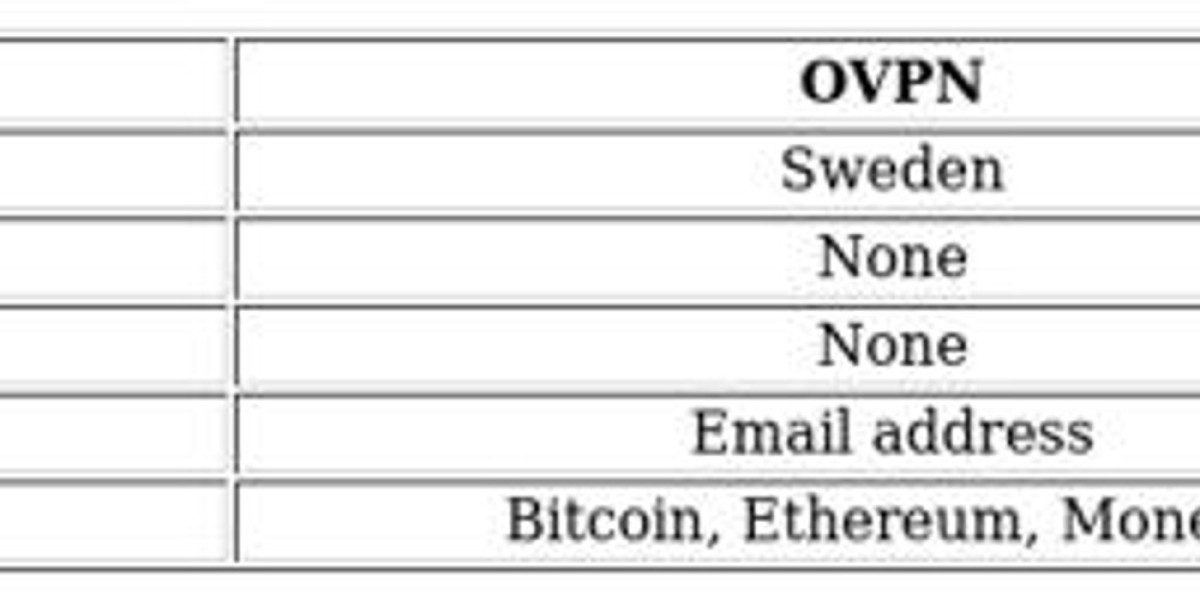Overview of the Global Soup Market
The soup market has witnessed steady growth in recent years, with consumers increasingly opting for convenient, nutritious, and ready-to-eat meal options. Soups are considered a staple food in many cultures around the world, known for their versatility, long shelf life, and ease of preparation. The demand for soups has surged with the increasing adoption of healthy eating habits, changing consumer preferences, and the growing popularity of ready-to-serve meals.
In 2024, the global soup market reached a value of USD 19.18 billion, with expectations to grow at a compound annual growth rate (CAGR) of 3.0% during the forecast period from 2025 to 2034. By 2034, the market is projected to reach USD 25.09 billion. This growth is attributed to the rising demand for healthy, organic, and convenient food options, coupled with the increasing consumer inclination toward plant-based and clean-label products.
Size and Share of the Soup Market
The global soup market has established itself as a robust segment in the food industry, showing consistent growth in terms of both volume and revenue. The increasing consumption of packaged soups, along with the growing popularity of healthier and organic alternatives, is driving the market forward. Here’s a detailed breakdown of the market size and share:
Get a free sample request: https://www.expertmarketresearch.com/reports/soup-market/requestsample
Market Size: As of 2024, the soup market is valued at USD 19.18 billion. With a projected CAGR of 3.0%, the market is expected to grow to USD 25.09 billion by 2034. This steady growth indicates the continued popularity and demand for soup products worldwide, especially in the convenience food segment.
Market Share: The market is predominantly divided into categories based on product type, distribution channel, and region. In terms of product type, canned soups account for the largest share, followed by dried and chilled soups. In the distribution channel segment, supermarkets/hypermarkets and online platforms are the dominant sales channels for soups, with a growing preference for online grocery shopping.
Regional Insights:
- North America: North America holds a significant share of the soup market, with the U.S. being the primary contributor. Canned soups and ready-to-eat soups are highly popular, driven by busy lifestyles and the preference for convenient meal solutions. Organic and healthy soups are gaining traction in the region.
- Europe: Europe is another key market for soup, with countries like the UK, France, and Germany driving the demand. The European market is also shifting towards organic and plant-based soup varieties as consumers focus more on health and wellness.
- Asia-Pacific: The Asia-Pacific region is witnessing rapid growth in soup consumption, particularly in countries like China and Japan. Traditional soup varieties and instant soups are highly popular in the region, with increasing disposable incomes and changing food consumption patterns.
Market Dynamics and Trends
The soup market is influenced by various dynamics that shape consumer demand, market growth, and overall industry trends. Understanding these dynamics is essential to gauge where the market is headed. Below are some of the key drivers and trends in the soup market:
Convenience and Ready-to-Eat Products: Convenience is one of the primary factors driving the soup market. With busy lifestyles and increased demand for time-saving meal options, consumers are leaning toward ready-to-eat soups that are easy to prepare and offer nutritional value. Packaged soups, including canned and microwavable options, cater to this demand for convenience.
Health and Wellness Trends: With a growing focus on healthy eating habits, consumers are becoming more conscious of the nutritional content of their meals. This trend is shifting soup manufacturers toward offering healthier options such as low-sodium, low-calorie, and organic soups. Plant-based and vegetarian soups are also gaining popularity due to the increasing demand for plant-based foods.
Rise of Clean Label Products: Consumers are increasingly seeking transparency in the food they consume, leading to the demand for clean-label products. Soups with minimal additives, preservatives, and artificial ingredients are becoming more popular. As a result, manufacturers are focusing on producing soups with natural ingredients and clear labeling to appeal to health-conscious consumers.
Plant-Based and Vegan Soups: The rise of plant-based diets and veganism has led to a surge in demand for plant-based soups. Soups made from legumes, vegetables, and plant proteins are becoming mainstream as more consumers opt for meat-free and dairy-free options. This trend is expected to continue as more people adopt plant-based lifestyles.
Innovation in Soup Flavors and Ingredients: To cater to evolving consumer preferences, soup manufacturers are introducing innovative flavors, ingredients, and combinations. For example, soups with superfoods like quinoa, kale, or spirulina are becoming increasingly popular. Additionally, global flavors such as Thai, Indian, and Mediterranean-inspired soups are gaining traction in international markets.
Growth of the Soup Market
The soup market is expected to grow steadily during the forecast period of 2025-2034, driven by several factors that support the increasing demand for soup products:
Growing Demand for Convenience: The global demand for convenient food options is one of the key factors fueling the growth of the soup market. With consumers seeking quick meal solutions, ready-to-eat and instant soups are becoming a go-to choice. The increasing popularity of on-the-go consumption further supports this growth.
Increasing Focus on Health: Consumers are more focused than ever on maintaining a healthy lifestyle, leading to a higher demand for healthy, nutritious soups. This includes soups with high vegetable content, lower fat and sodium levels, and functional ingredients such as antioxidants and proteins.
Expanding Market for Organic Soups: The rising demand for organic food products is another key growth driver for the soup market. Organic soups, which are made from non-GMO ingredients and free from pesticides and additives, are gaining popularity among health-conscious consumers. This trend is likely to continue as consumers prioritize food quality and sustainability.
Growth of Online Retail: The rise of e-commerce has revolutionized the way consumers shop for food. The convenience of online grocery shopping has resulted in an increase in online sales of soups, making it easier for consumers to access a wider variety of soup products. As more consumers embrace online shopping, manufacturers are expected to increase their online presence.
Emerging Markets: The demand for soups in emerging markets such as China, India, and Latin America is expanding. Changing dietary habits, increased disposable incomes, and the adoption of Western food trends are driving this growth. Instant soups, including ramen and noodle soups, are particularly popular in Asia-Pacific countries.
Market Opportunities and Challenges
The soup market presents numerous opportunities for growth and development, but also faces some challenges that may affect its trajectory.
Opportunities:
Product Diversification: Manufacturers have the opportunity to diversify their soup offerings to meet the changing demands of consumers. This includes introducing new flavors, plant-based alternatives, and functional soups with added health benefits. Offering a wide range of products catering to different dietary preferences can help capture new customer segments.
Sustainability and Eco-Friendly Practices: Sustainability is becoming increasingly important to consumers, and food brands that focus on eco-friendly packaging, sustainable sourcing of ingredients, and minimizing food waste can build stronger consumer loyalty. Manufacturers can capitalize on this trend by adopting green practices and promoting environmentally responsible products.
Global Expansion: Soup manufacturers can capitalize on the growing demand in emerging markets by expanding their presence in regions like Asia-Pacific and Latin America. Targeting these rapidly developing markets offers significant growth potential for global players.
Challenges:
Price Sensitivity: While there is growing demand for premium, organic, and healthy soups, some consumers remain price-sensitive. In some regions, economic constraints could limit the purchasing power of consumers, particularly when it comes to high-quality or specialty soups. Manufacturers must balance affordability with quality to cater to diverse consumer needs.
Intense Competition: The soup market is highly competitive, with several large companies dominating the industry. This intense competition, combined with the rising number of small and regional brands, could impact the market share of established players. Companies must continually innovate and differentiate themselves to stay ahead of competitors.
Regulatory Challenges : Food products, including soups, are subject to strict regulations and standards regarding ingredients, labeling, and health claims. Navigating the regulatory landscape can be challenging for manufacturers, particularly in global markets where regulations may differ. Staying compliant with local and international regulations is crucial for market success.
Competitor Analysis in the Soup Market
The soup market is highly competitive, with a number of leading players shaping the industry. These companies focus on expanding their product portfolios, increasing production capacity, and enhancing distribution networks to strengthen their market position. Some of the key players in the global soup market include:
Campbell Soup Company : Campbell Soup Company is a leading player in the soup market, with a strong portfolio of canned, ready-to-eat, and refrigerated soups. The company is known for its wide range of offerings, including healthy, organic, and low-sodium soups. Campbell Soup Company is focused on product innovation and sustainability to meet the changing needs of consumers.
The Kraft Heinz Company : Kraft Heinz is a global leader in the food and beverage industry, offering a wide variety of soups under brands such as Heinz and Campbell's. The company is focusing on expanding its product offerings, with an emphasis on health-conscious soups, plant-based options, and sustainable packaging solutions.
Unilever PLC : Unilever is a major player in the soup market, with brands like Knorr and Lipton offering a wide range of soups. The company is committed to sustainability, with a focus on sourcing sustainable ingredients and reducing environmental impact. Unilever continues to innovate with new flavors and product formats to appeal to health-conscious consumers.
General Mills Inc. : General Mills is another key player in the soup market, known for its popular brands such as Progresso. The company is focusing on expanding its product line to include more organic, gluten-free, and low-sodium soups to cater to the growing demand for healthier food options.
Conagra Brands Inc. : Conagra Brands, the parent company of brands such as Healthy Choice.
Explore More:
Honey Market: https://medium.com/@adamleeemr/exploring-growth-opportunities-in-the-global-honey-market-62995a527eaf
U.S. Wine Market : https://www.linkedin.com/pulse/us-wine-market-growth-trends-projections-2025-2034-mayank-singhania-bddnc/







